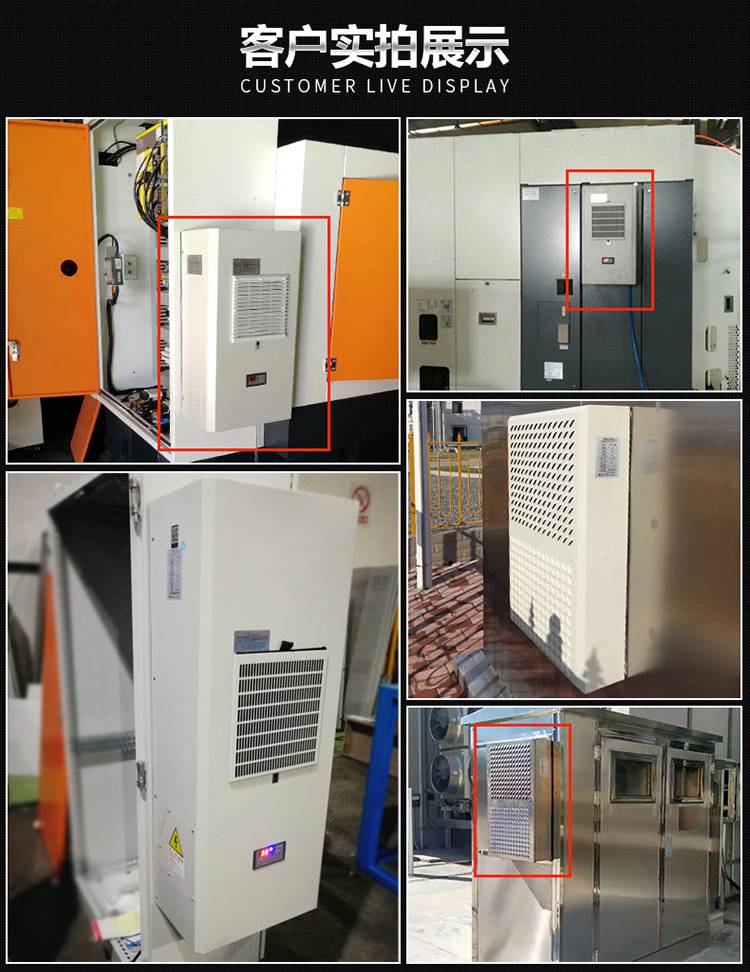Integrating Other Locks with PressureLatch Mechanism in Electrical Cabinets
In the realm of electrical safety and security, the integration of advanced locking mechanisms is paramount. One such mechanism that has gained significant traction is the pressure latch, particularly when it comes to enhancing the functionality of existing locks in electrical cabinets. This article delves into the benefits and implementation of integrating pressure latches into diverse lock systems.
A pressure latch, also known as a push-button lock, operates through an intuitive design where a gentle push opens the cabinet while a firm pull secures it. The main advantage lies in its simplicity and ease of use. Unlike traditional key-based locks, which may pose risks during emergencies or require keys to be carried at all times, pressure latches offer quick access for authorized personnel while maintaining the integrity of the cabinet’s contents.
When integrating pressure latches with other types of locks, such as deadbolts or combination locks, several possibilities arise. For instance, a deadbolt can be augmented with a pressure latch, allowing for a secondary layer of protection. In case of an emergency, the pressure latch could serve as a failsafe, providing immediate access without keys. On the other hand, a combination lock can be designed with a pressure release function, enabling maintenance workers to bypass the code temporarily when necessary.
Moreover, integrating pressure latches with electronic locks presents exciting opportunities. These smart locks can be programmed to recognize authorized users based on fingerprint, facial recognition, or even Bluetooth pairing. Adding a pressure latch would allow for an additional physical security measure, ensuring that even if the electronic system were compromised, the cabinet remains secure until the mechanical lock is engaged.
The installation process for these integrated systems typically involves retrofitting or replacing existing components with compatible pr essure latch units. It requires careful consideration of factors like ergonomics, compatibility with the cabinet’s structure, and adherence to fire codes and electrical regulations.
essure latch units. It requires careful consideration of factors like ergonomics, compatibility with the cabinet’s structure, and adherence to fire codes and electrical regulations.
In conclusion, integrating pressure latches with various lock mechanisms in electrical cabinets enhances safety, accessibility, and resilience. By combining the convenience of pressure operation with the strength of more complex locks, this innovative approach fosters a higher level of control and security in critical environments. As technology continues to evolve, the potential applications and benefits of such integrations will only become more apparent.